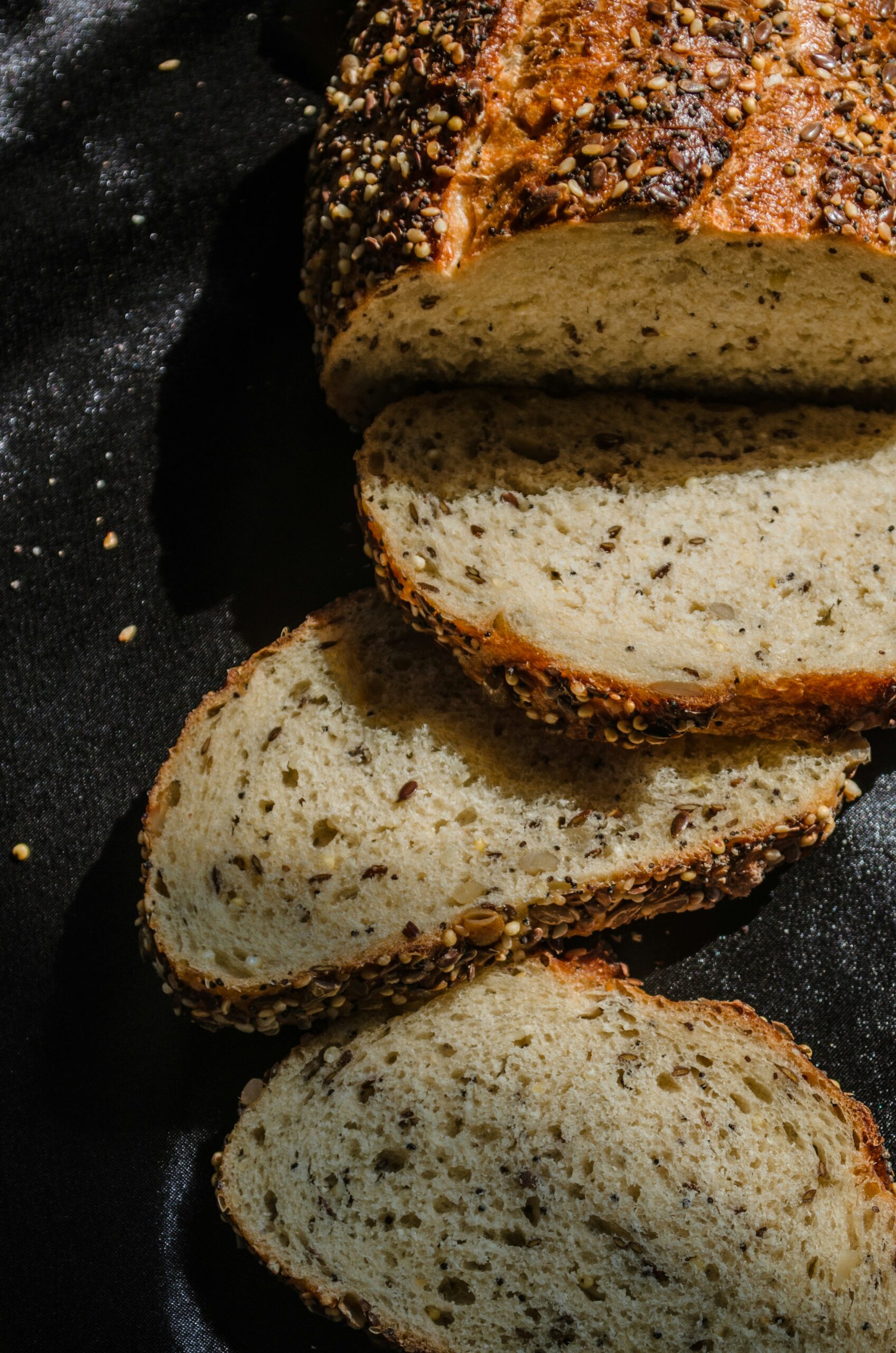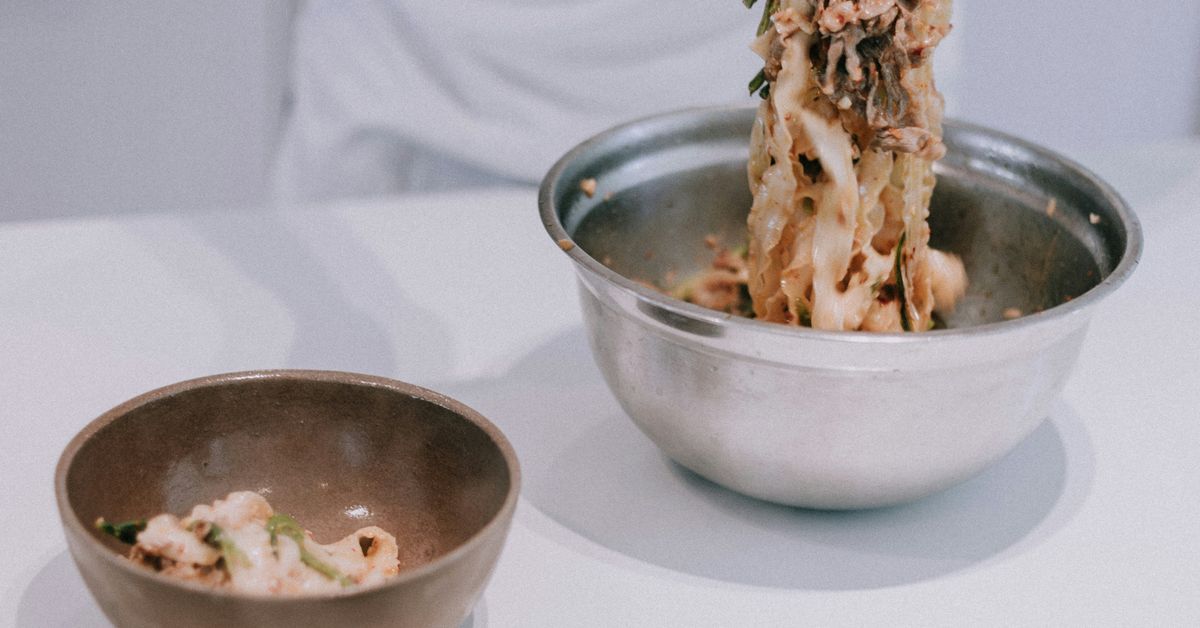Savoring Tradition: A Journey Through Time-Honored Family Recipes
Food has an uncanny ability to transport us back in time. One bite can evoke a flood of memories, often tied to cherished family gatherings, celebrations, or even quiet Sunday afternoons spent in the kitchen with loved ones. The recipes we pass down through generations are not merely instructions on how to create a dish; they are the essence of our family history, our culture, and our identity. This article aims to delve deep into the heart of these time-honored family recipes, exploring the stories behind them, the unique flavors they bring, and the significance of preserving these culinary traditions.
The Roots of Family Recipes
Every family has that one recipe—perhaps it’s Grandma’s famous apple pie or Aunt Mary’s secret spaghetti sauce—that seems to embody the spirit of family gatherings. These recipes often originate from diverse backgrounds, blending cultural influences and regional ingredients. For instance, I recall my grandmother telling tales of her Italian roots, where pasta was homemade every Sunday, and the aroma of garlic filled the air. It struck me then how food could weave together tales of ancestry, migration, and adaptation.
But what makes these recipes so special? According to culinary historians, family recipes often serve as a bridge between generations. They carry stories that transcend time, capturing the essence of the family’s heritage. A simple stew can tell the tale of hardship during the Great Depression, while a festive cake might celebrate joyous occasions like weddings or births. The shared experience of cooking and eating these dishes strengthens familial bonds and creates lasting memories. Food, in many ways, is a universal language.
Preserving Culinary Heritage
In an age where globalization and fast food dominate our dining experiences, preserving these cherished recipes has never been more critical. Many families have taken it upon themselves to document their culinary traditions, whether through handwritten cookbooks, family blogs, or social media. It’s fascinating to see how individuals are attempting to keep these traditions alive, often sharing not just the recipes but the stories behind them.
Take, for example, the case of the Rodriguez family from Texas. They’ve spent the last decade compiling a family cookbook that features recipes passed down from their great-grandmother, who immigrated from Mexico. Each recipe is accompanied by anecdotes—like the story of how their great-grandmother would cook for the entire village during harvest season. The cookbook has become more than just a collection of recipes; it’s a tribute to their heritage and a way to keep their family history alive.
Rediscovering Lost Flavors
As we navigate through life, it’s easy to lose touch with the flavors of our youth. Busy schedules and modern conveniences often lead to a reliance on pre-packaged meals, pushing aside the time-honored recipes that once graced our family tables. However, many people are now on a quest to rediscover these lost flavors. They are diving into the world of home cooking, experimenting with traditional recipes that have been neglected over the years.
One remarkable trend is the resurgence of fermentation, a technique that has been around for centuries. For instance, kimchi has found its way into mainstream cuisine, with chefs and home cooks alike exploring the art of pickling and preserving. I remember my own attempts at making sauerkraut with my father—what a messy yet rewarding experience that was! The tangy crunch of the fermented cabbage is a flavor that brings back memories of my childhood, reminding me that some things are worth the time and effort.
The Emotional Connection to Food
Food is inherently tied to our emotions. As children, we associate certain flavors with love and comfort. The smell of freshly baked cookies can invoke feelings of safety and warmth, while a hearty soup can provide solace during difficult times. The emotional ties to these family recipes can be profound. Some studies suggest that the act of cooking can even release endorphins, creating a sense of happiness and satisfaction.
Consider the emotional weight of a family meal. It’s not just about nourishment; it’s about connection. I remember sitting around the dinner table with my family, sharing stories and laughter over a pot of stew that had simmered all day. Those moments fostered relationships and created a sense of belonging that can’t easily be replicated. In our fast-paced world, taking the time to prepare and share a meal can be a powerful antidote to the chaos of daily life.
Honoring Family Traditions
Many families have developed unique rituals around their recipes, turning the act of cooking into a cherished tradition. These rituals can vary widely, from the way ingredients are sourced to how the meal is presented. For instance, in my family, we have a tradition of gathering every Thanksgiving to make a multi-generational recipe for stuffing that dates back to the 1800s. It’s a labor of love, and we take turns adding our unique twists while honoring the original recipe. The kitchen becomes a lively space filled with chatter, laughter, and, of course, the occasional debate about the right amount of sage.
Such traditions not only enhance our culinary experiences but also instill a sense of responsibility in younger generations. Teaching children how to prepare family recipes helps them appreciate their heritage and understand the importance of culinary skills. It’s about passing down knowledge and fostering a love for cooking that can last a lifetime.
Family Recipes as Cultural Symbols
Family recipes often serve as cultural symbols, encapsulating the history and identity of a community. For example, Jewish families often prepare matzo ball soup during Passover, while Italian families might gather to make ravioli for Christmas. These culinary practices connect individuals to their cultural roots and reinforce a sense of belonging to a larger community.
In today’s multicultural society, many families are blending recipes from different cultures, creating a rich tapestry of flavors. This fusion of culinary traditions can lead to innovative dishes that celebrate diversity while honoring the past. I recently attended a potluck where one dish—a fusion of traditional Irish shepherd’s pie with a spicy Mexican twist—was a hit. It was a delightful reminder that food can unite us, transcending cultural boundaries while still paying homage to our roots.
Documenting Family Recipes: A Modern Approach
As we embrace technology, documenting family recipes has evolved. Many families are turning to digital platforms to share their culinary heritage. Websites, blogs, and social media accounts dedicated to family recipes have become popular, providing a space to archive not just the recipes but the stories and memories attached to them.
One inspiring example is the “Family Recipe Project,” an online initiative encouraging families to share their culinary stories. Participants are invited to submit recipes along with personal anecdotes, creating a digital cookbook that resonates with individuals from various backgrounds. This project illustrates how technology can play a crucial role in preserving family traditions and fostering connections across generations.
Capturing the Essence of Family Recipes
While documenting recipes, it’s essential to capture the essence of what makes them special. This includes not only the ingredients and cooking methods but also the emotions tied to the process. I remember a family friend sharing her grandmother’s chocolate cake recipe, emphasizing the importance of using only the finest cocoa and the love that goes into each layer. It wasn’t just about the cake; it was about the memories made while baking it together.
To truly honor a family recipe, consider adding personal touches—like a handwritten note or a photograph of the dish. These small details can enrich the narrative and provide context for future generations who may cook from these recipes. Who knows? Perhaps one day, your great-grandchildren will stumble upon that note and feel a connection to their culinary heritage.
The Future of Family Recipes
As we look ahead, the future of family recipes seems bright, albeit evolving. With the rise of plant-based diets and health-conscious eating, many traditional recipes are being reimagined to fit modern dietary preferences. It’s fascinating to see how families are adapting their beloved recipes to accommodate new ingredients while still honoring the original flavors.
However, it’s crucial to remember that the heart of these recipes lies in the stories they tell. As families continue to adapt and innovate, the challenge will be to preserve that sense of history and connection. Will future generations still gather around the table to share meals, or will the convenience of technology overshadow the beauty of cooking together? Only time will tell.
Keeping the Tradition Alive
So, how can we ensure that our family recipes remain a vital part of our lives? Start by making a conscious effort to cook and share meals with your loved ones. Consider hosting a family cooking night, where everyone can participate in preparing a cherished dish. Involve children in the process—let them roll out dough, stir sauces, or sprinkle herbs. The more they engage with the food, the more likely they’ll feel a connection to the recipe.
Another idea is to create a family recipe circle, where relatives can gather to share their favorite recipes. This could be a monthly or seasonal event, where each member brings a dish and shares the story behind it. Not only does this encourage intergenerational bonding, but it also cultivates a deeper appreciation for each other’s culinary heritage.
Conclusion: A Culinary Legacy
In conclusion, time-honored family recipes are far more than just a collection of ingredients and instructions; they are a rich tapestry woven with love, history, and culture. The act of cooking and sharing these recipes helps us connect to our past while creating a legacy for future generations. As we savor these traditions, we must also adapt and innovate, ensuring that our culinary heritage remains vibrant and relevant in an ever-changing world.
The next time you find yourself in the kitchen, take a moment to reflect on the recipes that have shaped your family. Whether it’s an old-fashioned roast or a modern twist on a classic dish, remember that each bite tells a story. So, roll up your sleeves, embrace the messiness of cooking, and savor the flavors that connect you to your roots. After all, in the grand scheme of life, what could be more satisfying than sharing a meal steeped in tradition?




